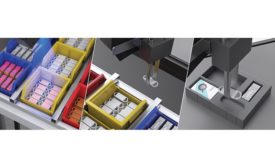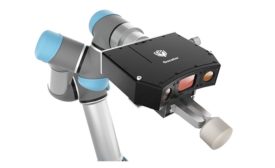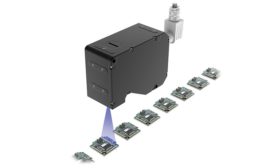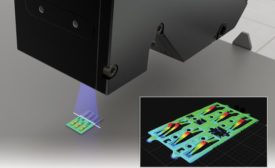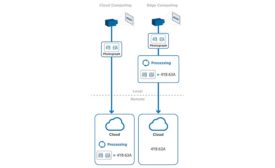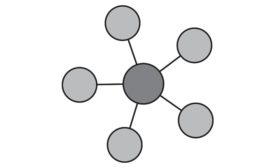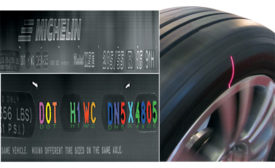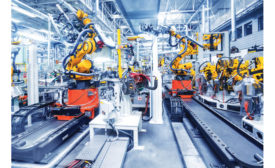ARTICLES
Learn how 3D smart sensors can be tightly integrated with robots to achieve a number of dynamic manufacturing processes.
Read More
Advancing Factory Automation with Smart 3D Imaging and Inspection
The Industrial Internet of Things and the Move Toward Smart Technologies
May 8, 2019
Designing a Better Sensor for Small Parts Inspection
Smart technology advancements are at the heart of today's movement toward better sensor design.
March 1, 2019
On the Frontier of Factory Production
Explore edge computing and smart sensors for IIoT.
March 1, 2018
Solving the Challenges of Multi-Sensor Networking
Creating a successful, robust network of sensors requires careful design.
July 1, 2017
Stay in the know with Quality’s comprehensive coverage of
the manufacturing and metrology industries.
eNewsletter | Website | eMagazine
JOIN TODAY!Copyright ©2025. All Rights Reserved BNP Media.
Design, CMS, Hosting & Web Development :: ePublishing
